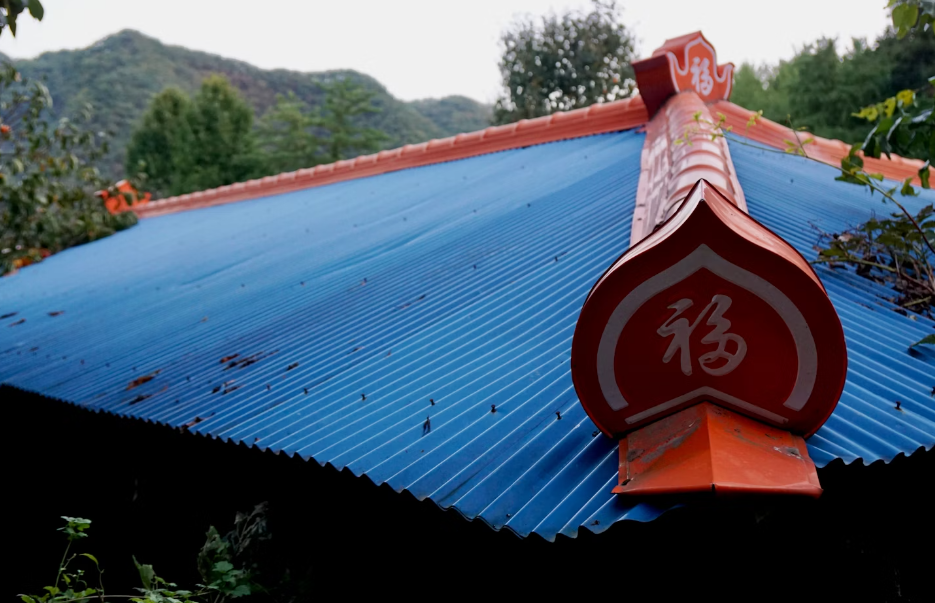Metal roofs are well-known as one of the most robust and long-lasting roofing materials on the market, but there are various different types of metal roofing, each with its own individual style and aesthetic value.
Understanding the differences between the many forms of metal roofing can be difficult, however, because roofing terminology is frequently used interchangeably and refers to multiple metals.

Take corrugated metal roofing as an example.
Corrugated metal roofing is often referred to as sheet metal roofing, screw-down panel roofing, 5v crimp, or exposed fastener roofing panels.
Things become much more complicated when you realize that a corrugated metal roof can be built from a variety of metals, including aluminum, copper, and steel.
To assist you in navigating roofing lingo and finding the ideal metal roof for your home, we’ve created an easy-to-digest guide that covers all you need to know about the many varieties of metal roofing, including
Two Types of Metal Roofing Fasteners
Before we go into the various forms of metal roofing, let’s start with a simple question: which of the two metal roofing styles shown below do you prefer?
Fasteners hold metal roofs securely in place. Metal roofing fasteners come in two styles: visible fasteners and hidden fasteners.

The roof on the left contains visible fasteners, which is known in the roofing business as an exposed fastener metal roof.
The roof on the right contains hidden fasteners beneath the panels.
While both offer the durability and endurance that metal roofing is recognized for, their appearances differ. Some varieties of metal roofing, such as stone-coated metal roofing, have both exposed and hidden fastener designs, providing for a wide range of design possibilities.
Three Types of Metal Roofing Styles
Metal roofing can suit the design and architectural requirements of almost any style. These are the three most frequent metal roofing styles.
Corrugated Metal Roofing
Corrugated means “shaped into wavy folds or alternating furrows and ridges.” A corrugated metal roof is simply metal sheets formed into a corrugated pattern.
Most corrugated metal roofs are constructed of aluminum, however steel and copper are also utilized.
While steel and copper are stronger metals, the corrugated shape reinforces the aluminum sheets, resulting in a sturdy, long-lasting, and cost-effective roof.
Corrugated metal roofs include exposed bolts and an industrial look.
Standing Seam Metal Roofing
Standing seam metal roofs are made out of wide, flat, vertical panels with ribs at each end. Hidden fasteners behind the ribs of standing seam panels form an interlocking roofing system, resulting in a sleek and streamlined appearance suitable for cabins and contemporary-style residences.
Standing seam metal roofs are commonly composed of steel, but they can also be made from aluminum or copper.
Because there are no exposed fasteners and the panels are interlocked, standing seam roofs require little maintenance and have a considerably less-industrial look than corrugated metal roofing.
Stone-Coated Metal Roofing
Stone-coated metal roofing begins with steel sheets, which are then rolled into panels. The panels are then coated with stone grains to replicate the texture, dimension, and vibrant hues of traditional roofing materials such as asphalt shingles, clay tile, and wood shake.
From architectural shingles to Spanish clay tiles to rustic cedar shakes, stone-coated metal roofing offers all of the advantages of metal roofing without sacrificing design.
Stone granules offer more than simply decorative options; they also:
Increase Energy Efficiency: The U.S. Department of Energy has confirmed that infrared pigments in granules can increase steel’s natural solar reflectivity, resulting in superior energy efficiency.
Eliminate the Need for Soundproofing: Unlike other metal roofs, stone-coated metal roofs are extremely quiet when raining. The stone granules form a sound-absorbing “cushion” that eliminates the need for soundproofing materials.
Three Types of Metal Roofing Materials
Stone-coated metal roofing is made of steel, whereas corrugated and standing seam metal roofs are made of aluminum, copper, or steel.
Aluminum
Aluminum roofs come in standing seam, corrugated panels, rolled sheets, and shingles.
Aluminum roofs, like metal roofs in general, have excellent fire and wind resistance, as well as higher energy efficiency ratings than typical roofing materials such as asphalt shingles.
Copper Roofs
Copper is one of the most expensive metal roofing materials, and while it is easily malleable and suited for most roof designs, it does provide certain issues. For example, untreated copper roofs can tarnish like the Statue of Liberty, thus it’s critical to incorporate an anti-tarnish transparent protective coating as part of a new installation to retain the original patina.
Zinc Roofs
As previously said, zinc roofs have not achieved popularity in the United States; yet, they are the roof of choice for 70% of homes in Europe.
One of the most significant advantages of a zinc roof is that it develops an appealing surface patina that protects the zinc (and can even cover tiny scratches over time). Unfortunately, the ultimate patina color is uncertain, and zinc can turn gray or blue depending on the atmosphere. Furthermore, the time required for the protective patina to develop varies widely, ranging from two to thirty years.
Stone-Coated Steel
Stone-coated metal roofing includes zinc and aluminum alloys into the manufacturing process, with enhanced acrylic formula granular bonding that prevents rust and corrosion. Stone-coated steel requires little to no maintenance and is one of the most energy-efficient roofing materials available, thanks to the stone coating’s infrared-resistant granules.








